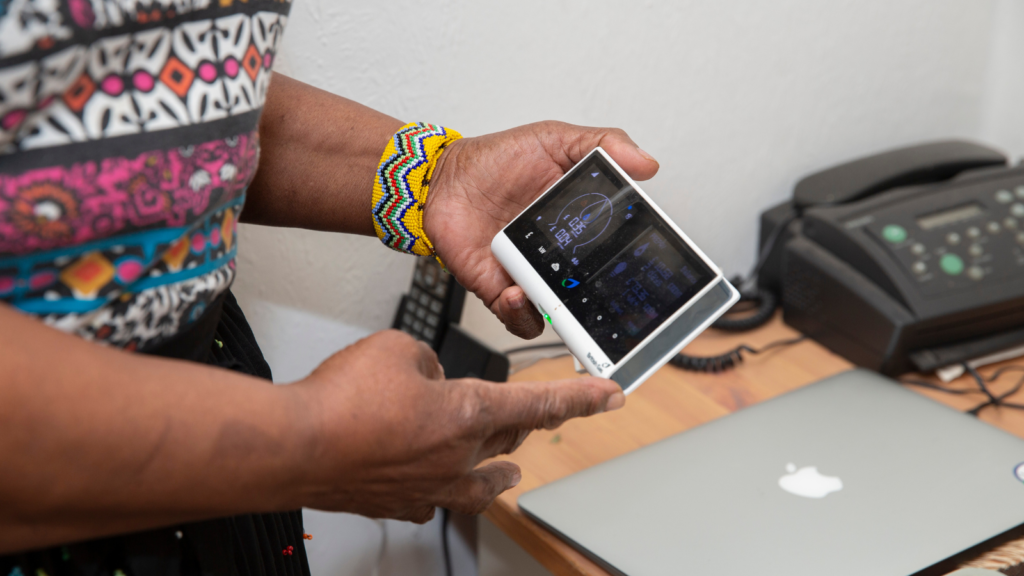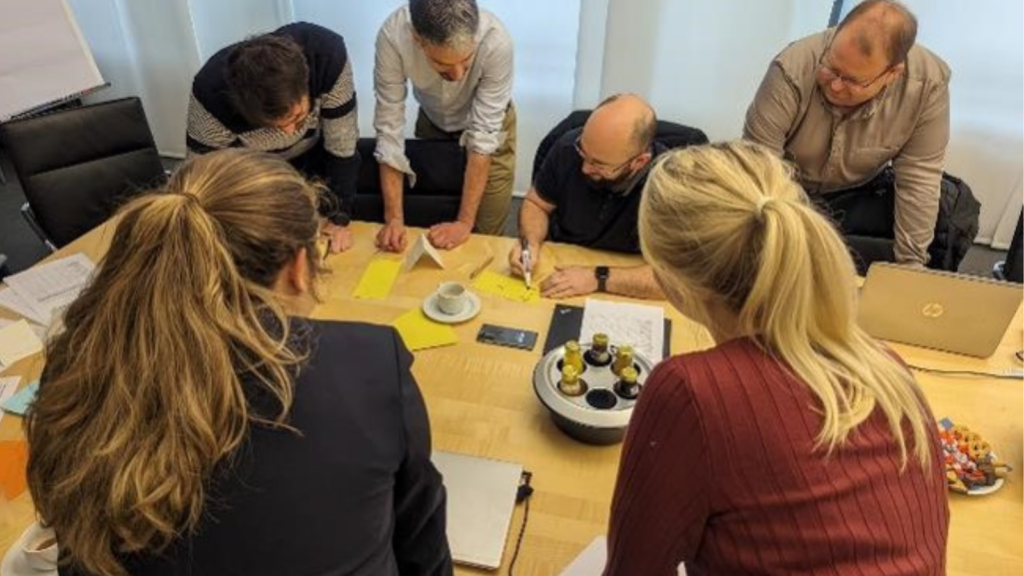Public and social housing providers look to digital tools to enhance efficiency, simplify processes, and improve access to information. Ensuring that these services are accessible must be a top priority. We need to make concerted efforts to eliminate as many barriers to access as possible. Recently, our Digital Communication and Technology Topic Group gained valuable insights from Professor Gottfried Zimmerman, Director of the Competence Center on Digital Accessibility at Stuttgart Media University.
Professor Zimmermann dispelled common myths surrounding digital accessibility. “We need to move away from ‘black-and-white thinking,” emphasised Zimmermann. We should stop viewing digital accessibility as a binary ‘pass or fail’ concept: not only is this inaccurate, but it can discourage action. Accessibility improvement is a continual process in which everybody can take proactive steps to remove barriers. For instance, when enhancing the accessibility of our websites, we can start with the simple changes that will make the most impact.
Accessible digital services benefit everybody. Nevertheless, accessibility often takes a backseat in the design process. Zimmermann stressed that rather than integrating accessibility features at the end of the process, we must design for accessibility throughout.


Left hand image courtesy of Center for Ageing Better
Communicating change
Improving digital accessibility can necessitate changes in the way we work. The process of organisational change relies heavily on effective communication. At a recent in-person meeting of our Digital Communication and Technology Topic Group in Munich, Matthias Pfeiffer from PwC led an insightful workshop on change communication.
Pfeiffer highlighted that in our technologically driven world, change has become more constant and more complex. “Dealing with uncertainty is therefore one of the biggest challenges we face in our workplace,” he stated. Communication can either reinforce or dispel this uncertainty.
Referring to a PwC report revealing that 64% of workplace changes are not accepted by employees, Pfeiffer highlighted the most common reasons why. Employees are often not involved enough in the process of change, and leaders may not share the changes or carry them out themselves. A strong vision and purpose for change is essential: often these are not clearly communicated to colleagues, leading to resistance or reluctance.
Clear, transparent communication that engages everybody and provides tangible examples of the reasons for and benefits of the change can be a gamechanger.

The science of effective communication
Whether communicating internally or externally, understanding the science of human behaviour can help us to achieve our goals. From facilitating the adoption of a new internal process to encouraging residents to recycle, we need communications that lead to action. What makes some messages resonate with our audience and others not? Will our efforts lead to a change in behaviour or simply be ignored?
Later this year, Eurhonet will hold a Workshop on Behavioural Change Communication with Professor Richard Crisp, award-winning scientist, writer, and educator. We will explore how to apply behavioural insights to internal and external messages to energise, engage and influence.
Digital communication and technology
Throughout the year, our Digital Communication and Technology Topic Group will continue building on all this work. Next, we’ll meet in Munich on 2-3 July, hosted by Münchner Wohnen. We look forward to best practice and knowledge sharing to achieve effective, accessible services that meet the needs and expectations of our colleagues and tenants.




